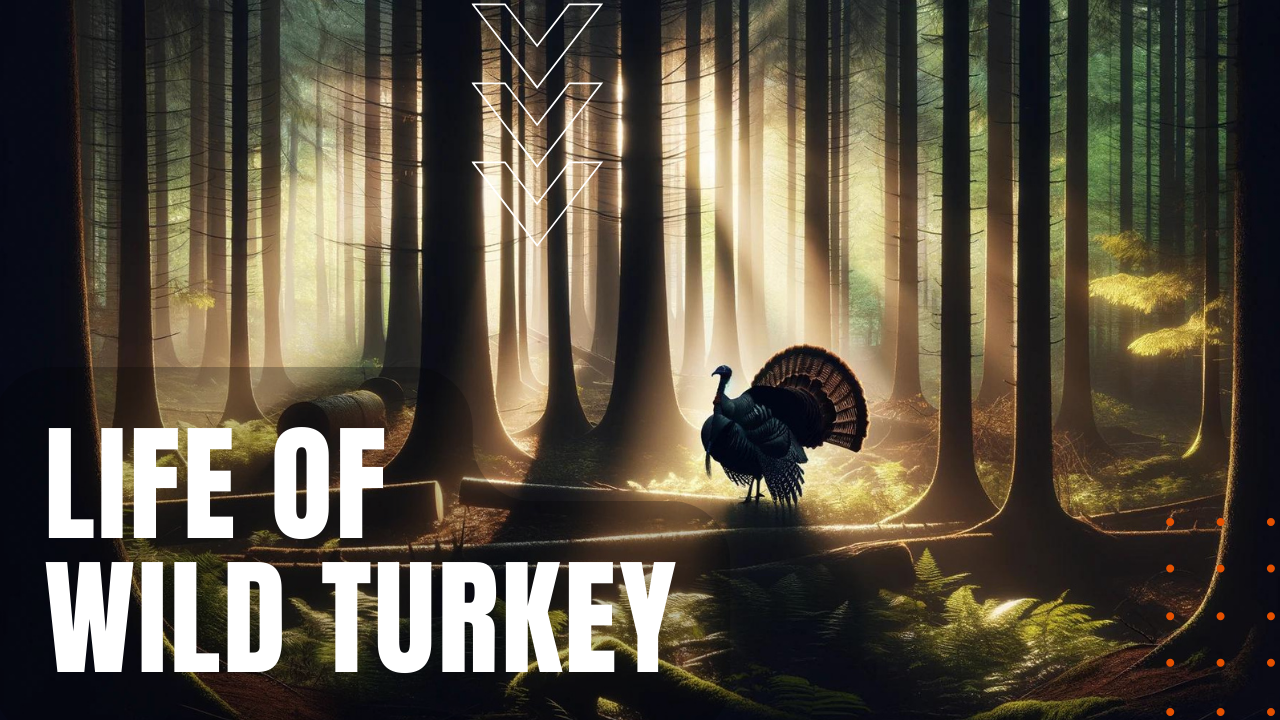The Life of Wild Turkeys

Wild turkeys of the genus Meleagris consist of two extant species—the wild turkey or Meleagris gallopavo of eastern and central North America and the ocellated turkey or Meleagris ocellata of the Yucatan Peninsula in Mexico, while Meleagris gallopavo also consists of six subspecies of differing size, plumage and geographic locations. Turkeys are sexually dimorphic, with larger male gobblers or toms possessing iridescent plumage with an average weight of 12 to 24 pounds, while smaller females or hens lack a male’s dramatic coloration and weigh anywhere from five to twelve pounds.
Nice Wattle!
Both males and females sport red wattles that hang from their chin or throat, caruncles on their upper foreheads and snoods that drape from their beak. With an average life expectancy of 1.3 to 1.6 years, wild turkeys are diurnal and non-migratory, grazing in fields, woodlands and marches by day, while roosting in trees at night. Possessing keen eyesight, hearing and a wary nature, wild turkeys are sought after by a number of opportunistic predators, including humans, raccoons, bobcats, rat snakes, golden eagles and more. They also possess remarkable running speeds up to 25 mph, along with flying speeds up to 55 mph, helping them elude predators by sheer quickness alone. Known as omnivores, turkeys primarily eat plant matter such as acorns and nuts, leaves and fern fronds, along with ground-dwelling insects and salamanders, the later contributing some 10% of their total diet.
Gobble Strut
During mating season in the early spring for southern populations and late January for northern populations, males attract females through a ritual of gobbling and strutting with their tails fanned out, their wings lowered and dragging to the ground. Polygamous by nature, Females raise one brood per season—without male participation—nesting in shallow ground depressions, where she incubates an average 11 eggs for 25 to 31 days. Chicks are born precocial, able to walk and feed themselves within 24 hours after hatching. Known as poults, young male turkeys stay with their mothers through the fall, while female poults linger on until early spring, making the life of wild turkeys, a giant mainstay avian of North and Central America.
